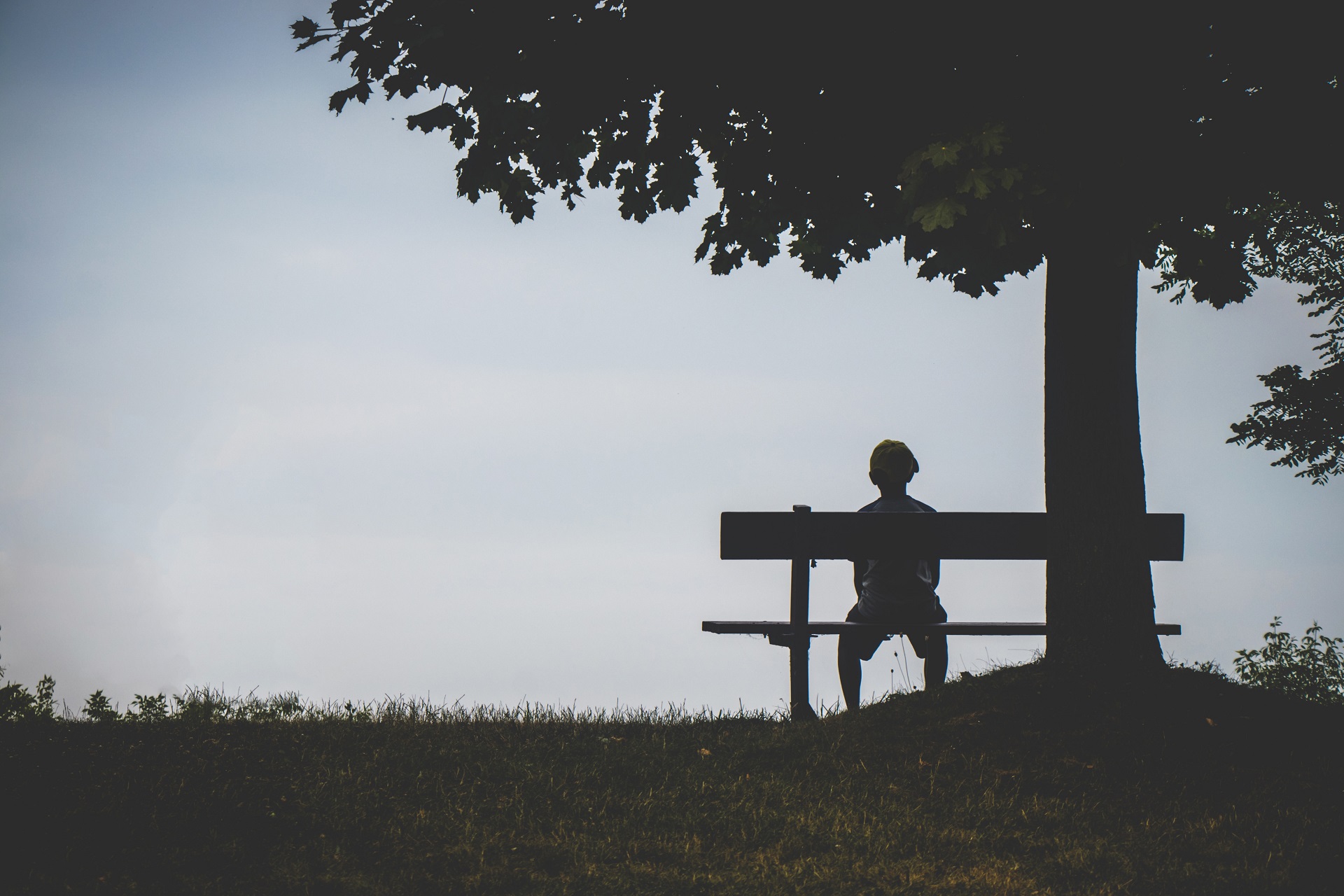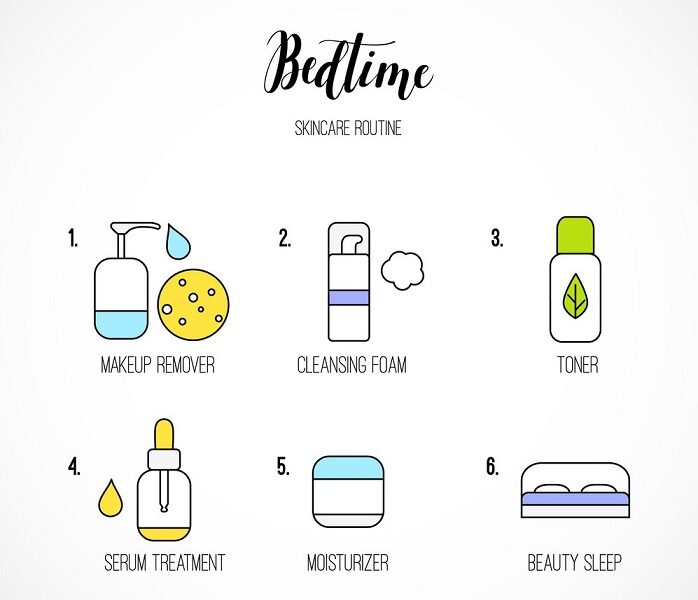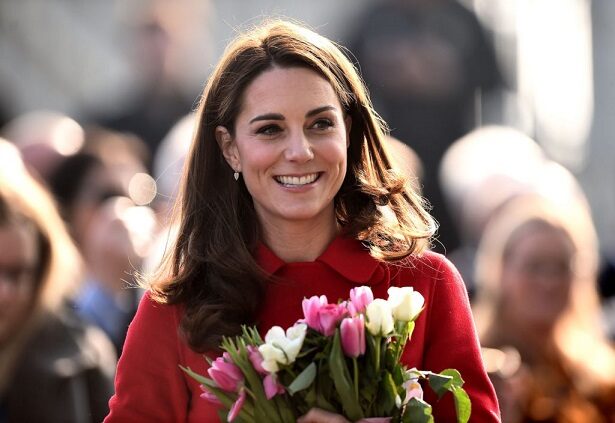
Science proved lonely brains crave people like hungry brains crave food
The hungry brain craves food. A lonely brain yearns for people. After spending a day completely isolated from others, people’s brains woke up to the sight of sociable gatherings, as well as the brains of starving people looking at food, the scientists said.
Cognitive neuroscientist Livia Tomova and her MIT colleagues at the time fasted 40 participants for 10 hours. At the end of the day, certain nerve cells in the midbrain fired in response to the images of pizza and chocolate cake. These neurons – in the pars compact of the substantia nigra and in the ventral tegmental area – produce the reward-related chemical messenger dopamine.
The other day, the same person was quarantined for 10 hours (no friends, no Facebook, no Instagram). That night, neurons in the same location were activated in response to images of people talking and playing team sports. The more hunger and isolation reported by the subjects, the stronger the effect.
People who generally said they were lonely were less socially receptive. “I don’t know exactly what is causing this,” says Tomova. “Loneliness may not have much impact as it may not be that different from everyday life.”
The midbrain, which plays an important role in motivating people to look for food, friends, gambling, and drugs, responds to social and dietary cues even when they are not hungry or alone. After all, you can eat and go out at any time. But hunger and loneliness increased the reaction and incorporated people’s reactions to what they needed. The results “talk about our current state,” said Tomova, now at Cambridge University. COVID-19 has isolated many others socially, putting their mental and physical health at risk, and people are hungry for more than just-food. “It’s important to look at the social aspects of this type of crisis.”







